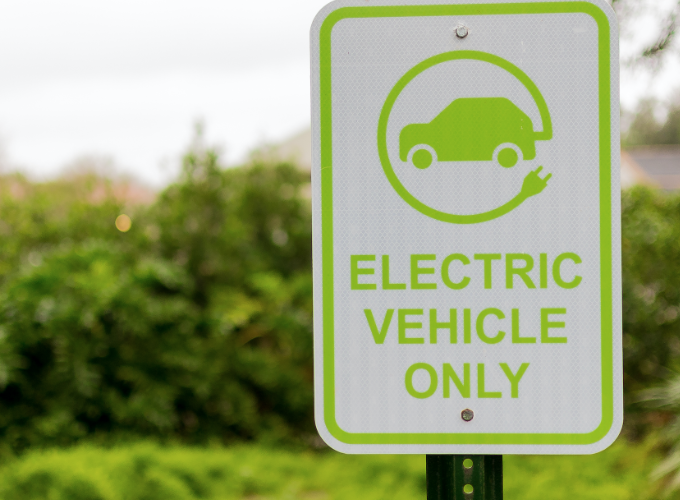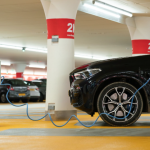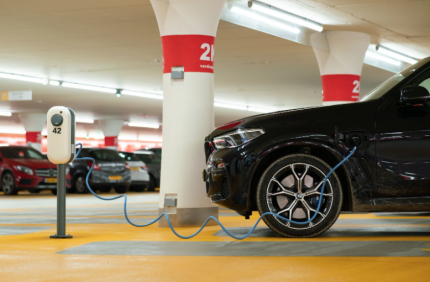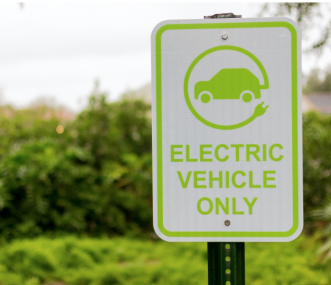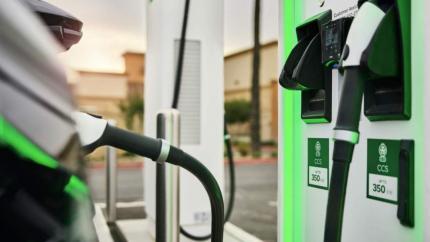Electric vehicles (EVs) have been growing in popularity in recent years as people are placing more focus on clean, renewable energy and reducing pollution.
As the name implies, EVs are eco-friendly, battery-powered vehicles that are charged by plugging the vehicle into a charging outlet. They operate in fully-electric mode with a typical driving range of 150 to 300 miles before you need to recharge the battery.
Since this relatively new vehicle format is different from gas-powered cars and trucks, some misconceptions about them have been floating around. Here are some of the most popular EV myths and why they are largely unfounded.
EV batteries have short life cycles
This may have been a bigger concern in the early days of EVs, but depending on the battery type, most newer EV batteries are good for about 100,000 miles. Most EVs have an 8-year/100,000 mile battery warranty, and some manufacturers have a lifetime warranty option. All batteries suffer from degradation over time, but charging stations only charge the lower or depleted battery cells, which increases charging efficiency and slows down degradation by consistently distributing current across the whole pack.
EVs are only for certain climates
This was another consideration early on, but because of advancements in battery technology, people regularly drive their EVs in all climates. In extremely cold temperatures, the battery’s range may lessen, but not its longevity. Battery degradation is always a concern in prolonged extreme heat, but with the thermal management systems and liquid-cooling features present in most EVs, this is less of a problem today.
Charging the battery takes forever
EV batteries work best in the 20-80% charged rate. Therefore, keeping your battery charged within this range not only keeps the EV running optimally, but it reduces charge time. The power source (charging station), battery size, charging rate and even the weather all affect how long it takes to charge the battery. Charging from 0% to 100% will obviously take the longest, sometimes as long as 8-11 hours. But since most drivers “top up” their charge to stay within the 20-80% range, you can get a substantial charge in a matter of minutes.
EVs really aren’t eco-friendly
Electric vehicles are eco-friendly by their very nature. By not using fuel for standard combustion engines, EVs help significantly reduce greenhouse gas emissions over the lifetime of the vehicle.
A study from research experts at prestigious universities such as Cambridge and Exeter among others point to EVs being better for the environment than standard vehicles in nearly every part of the world.
However, some of this greenhouse gas reduction is offset by the energy usage of charging an EV.
Because EV charging stations are powered from electric grids – which often require fossil fuels – there is some concern over the energy expense associated with an EV versus a standard vehicle, at least in the short term. But the consensus remains that building, charging and running an EV creates less carbon output than gas-powered vehicles.
The range is too short
In the U.S., drivers rack up 13,474 miles per year, or roughly 40 miles per day on average. Affordable EVs can cover more than twice that daily range on a single charge. While fuel mileage differs in standard vehicles, the range of an EV is only limited by your access to charging points, because you can charge it as you go.
These are just a few of the more common myths about electric vehicles. While some of the concerns are understandable, they are rarely justified. EVs have been – and are – a safe, environmentally-friendly, convenient vehicle option.
